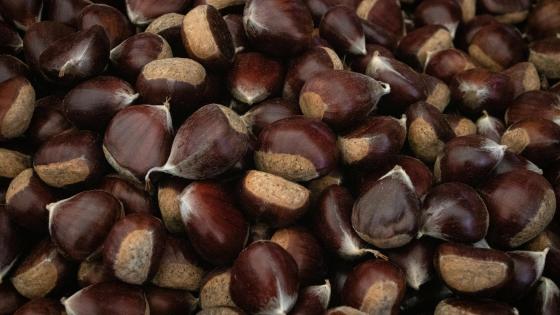
Chinese Chestnut
Chinese Chestnuts
American chestnuts (Castanea dentata), once prominent in the eastern U.S. landscape, all but disappeared in the mid-1900s when chestnut blight eradicated nearly all of these popular trees. Blight-resistant varieties of Chinese Chestnut (Castanea mollissima) and their hybrids are viable alternatives for commercial chestnut production.
Key Requirements
| Land | Medium |
| Labor | High |
| Capital | Medium |
Take the HortBizQuiz to see how much Land, Labor, and Capital you have for your operation.
Markets
- Specialty Grocers
Pests & Disease
Eliminating undesirable vegetation before planting is essential for tree establishment. Insecticide applications will be needed annually to weevil control and as needed for Japanese Beetle control. Young trees are very prone to damage by animal pests.
Costs and returns are presented as estimates. They will vary based on your farm and markets.
Costs and returns are presented as estimates. They will vary based on your farm and markets.
Challenges
- Chinese chestnuts require three to six years for establishment before any nuts might be harvested and 10 years before yields are significant.
- Many consumers are unfamiliar with chestnuts and growers might have to take time educating them.
Opportunities
- Chestnuts can be grown on land that is considered unsuitable for other crops.
- Considered a holiday food item so growers could take advantage of this potential market by timing sales accordingly.